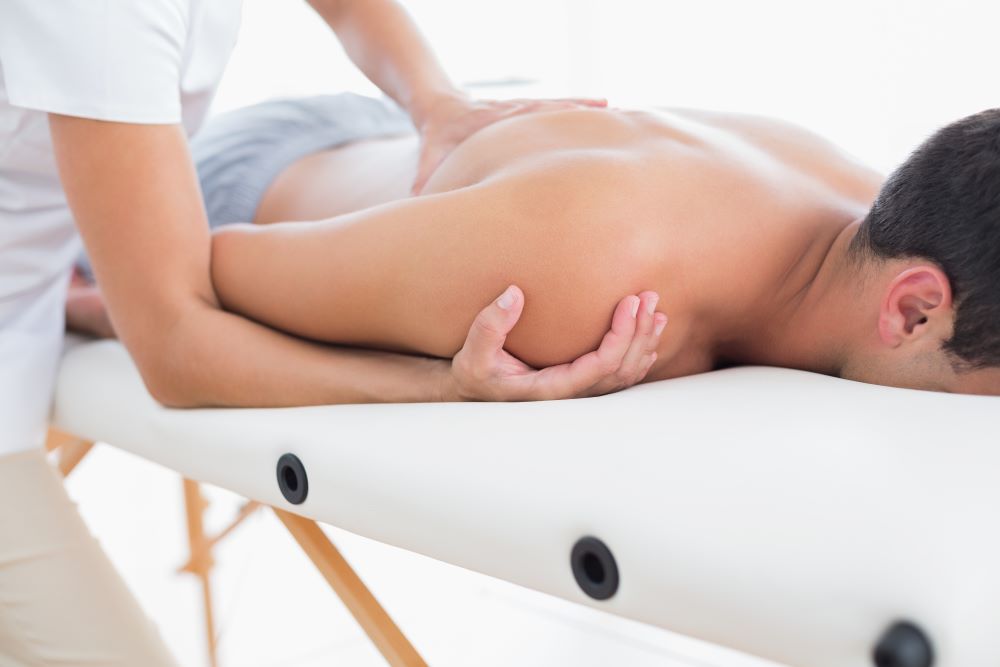
Definition of kinesitherapy
Kinesitherapy is a set of manual techniques that combine massage and movement. Like other massage therapy techniques, kinesitherapy considers the individual as a whole.
The basic massage technique used in kinesitherapy is Swedish massage. Thus, through massage, kinesitherapy first promotes the release of muscle tension and the activation of blood circulation. The use of active, passive or counteracting mobilisations will then help the body to regain optimal and pain-free movement.
The objectives of kinesitherapy are numerous:
- To allow the body to return to movement
- To promote ample and pain-free joint movement
- To achieve normal joint range of motion
- To promote health
Kinesitherapy is a manual massage technique. Therefore, the kinesitherapist uses only his hands and his body during the treatment.
COURSE OF A SESSION
The first session begins with a health questionnaire, followed by an assessment of posture and mobility, a palpatory examination, a muscle assessment and some specific tests. This will allow the therapist to intervene safely with the client.
For a specific problem or pain, the therapist will use tests to determine if the case can be treated with kinesitherapy or if it should be referred to another health professional. The physiotherapist does not make a diagnosis, but simply ensures that the intervention will be beneficial and safe for the client.
Following the various assessments, the session begins with a massage of the various structures depending on the desired effect. The work can be done on the skin, muscles and tendons, as well as on the ligaments in order to help the client regain freedom of movement in the greatest possible amplitude. It would be unthinkable to perform mobilizations without first performing a preparatory massage.
Passive mobilizations allow the return to free and painless movement. They are relatively easy to apply, even if their effectiveness depends on great precision and a thorough knowledge of the human body. If necessary, exercises, i.e., active mobilizations since there is active participation of the client, or counteracted mobilizations when they are done with weights, will be suggested for preventive purposes and as a follow-up to the treatment. The final objective is always the same: the client’s autonomy. The frequency of sessions varies. Usually, one consultation per week is sufficient for 5 or 6 weeks.

